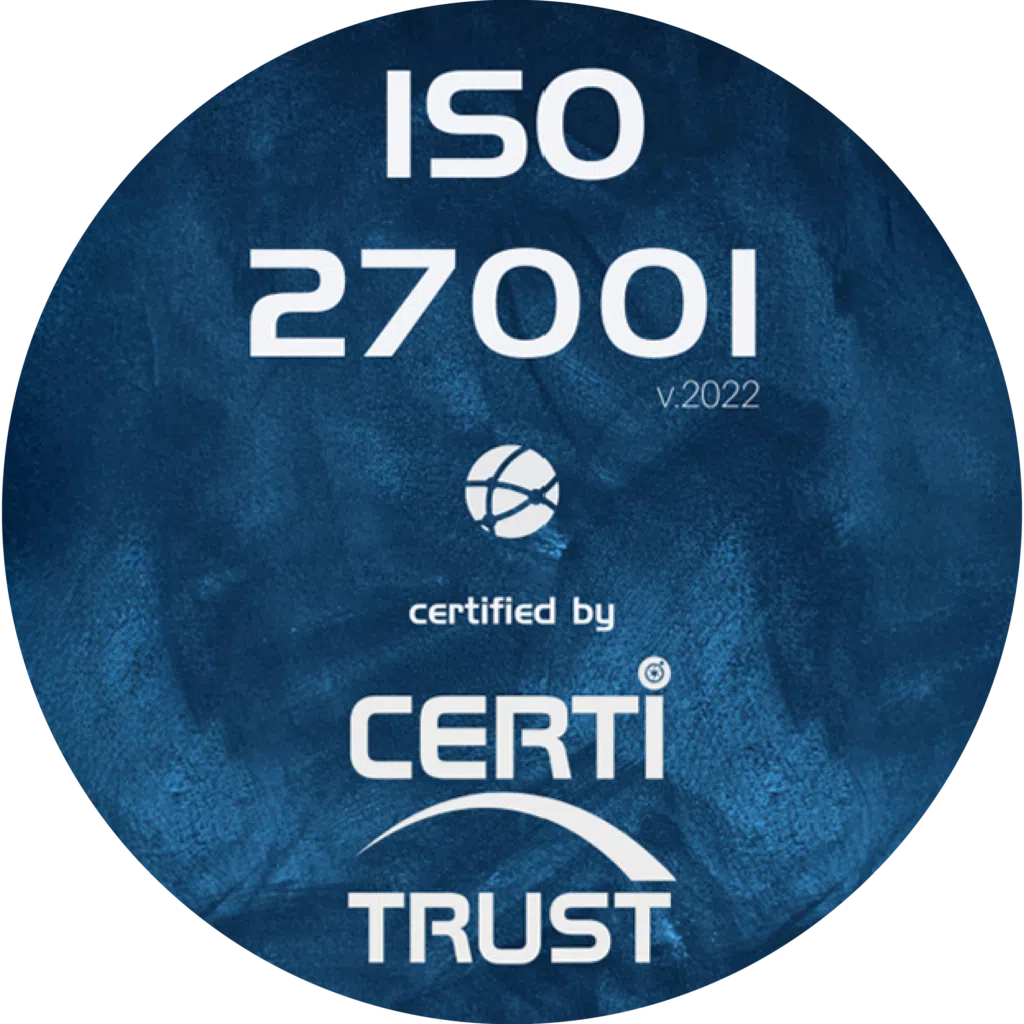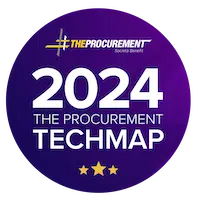It’s common to hear from suppliers during negotiations: “Business volume is too low for you to benefit from larger discounts or more competitive rates”.
Yet one of the buyer’s major levers remains thevolume effect. So how do we explain the size of certain panels?
There are many reasons: historical, political, strategic, economic, technological…
In managing their supplier relationships, companies are looking for efficiency, and one of the first strategies to be implemented is to massify purchasing by reducing the number of suppliers.
It is therefore becoming necessary and urgent to define the rationalization of the supplier panel as one of the main thrusts of purchasing policy. In this article, you’ll learn about the importance, benefits and steps involved in preparing for panel reduction.
1 – Why has the supplier panel grown over time?
The development of the company and the increase or rotation in the number of buyers in the purchasing department have generated a growing number of referenced suppliers.
To these referenced suppliers must be added non-referenced suppliers from whom departments have made ” unplanned purchases “, i.e. outside any procedure.
2 – What are the costs generated by this panel?
The increase in the number of suppliers automatically generates a rise in the various administrative costs associated with the panel.
- On the one hand, there are the costs of managing the supplier panel, estimated at between 800 and 1,000 euros, which relate more specifically to the costs of listing suppliers and updating the database.
- Secondly, the cost of placing orders, estimated at between 30 and 100 euros, which covers the administrative costs of placing an order (purchasing, goods receipt and supplier accounting).
The annual sum of these costs is not negligible, and leads companies and their purchasing departments to reduce the supplier panel, as this not only reduces administrative costs, but also becomes a real lever with the remaining suppliers.


3 – Why reduce the supplier panel?
Reducing the supplier panel is a well-known lever for buyers. The fact that the total amount of purchases is spread over a limited number of suppliers gives the buyer negotiating power, which generally results in lower prices.
Beyond these purely financial benefits, reducing the supplier panel enables buyers to better manage their workload on a daily basis, thus improving their productivity.
In addition, optimizing the panel also leads suppliers to increase their involvement, notably by taking an active part in innovation, and by improving the quality and punctuality of deliveries, all with the aim of maintaining commercial relations with the customer.
Be careful, however, not to reduce your panel more than the situation requires. Care must be taken to maintain an industrial logic, and to make intelligent groupings: by trade, by technology…
Each elimination must be carefully thought through and discussed: why eliminate a particular supplier? What are the stakes, the possible gains, the risks for the future?
If reducing the supplier panel is part of the company’s general policy, it must be carefully thought through. Indeed, this strategy must be supported by all the company’s players, firstly because each has a specific role to play, but also because it’s a long-term action requiring the mobilization of substantial human resources.
4 – How to reduce your panel?
Before getting to the heart of the matter, it’s important to define a few basic concepts:
When is a supplier included in the panel?
✅ When the supplier provides raw materials, BOM parts or performs subcontracting work
✅ When there is an open order and at least one delivery per year
✅ When the supplier is external.
When is a supplier counted as removed from the panel?
✅ When the open order has been closed
✅ When the last delivery has been made
✅ When the last invoice has been honored.
What are the preliminaries to supplier deletion?
Analyze the panel: the ABC method
The ABC (Activity Based Costing) method consists in cross-referencing the number of suppliers and sales.
Principle: this method enables very precise measurement of purchasing costs and performance. There are three types of purchasing, divided into as many segments:
Identifying “candidate” suppliers for elimination
Two important constraints to take into account:
Measuring supplier performance
Before considering reducing the supplier panel, it is imperative to set up a supplier performance measurement system, as without this, there is a risk of dropping “good” suppliers and keeping “bad” ones.
In this way, it will be possible to determine which suppliers the company no longer wishes to work with. The success of the operation depends on the relevance of this study.
But to avoid mistakes, it’s important to involve the whole company. The participation of everyone is essential, firstly to gather as much information as possible, but also to legitimize the elimination of certain suppliers.
A non-exhaustive list of contacts and relevant information can be determined:
✅ Receipt / inspection :
- Compliance with delivery deadlines
- Compliance of deliveries with orders…
✅ Quality :
- Compliance with procedures
- Audit of production sites…
✅ Operations :
- Problems encountered
- Contact with suppliers’ technical departments…
✅ Purchasing:
- Price levels
- Ancillary services…
✅ Accounting :
- Billing disputes
- Compliance with general purchasing conditions…
To collect data from these different sources, it may be useful to group suppliers together by looking for common denominators:
➡ Same technology (cutting, injection…),
➡ Same products (fasteners, packaging…),
➡ Same application
- Supplier dependency rate
When a supplier’s dependency rate exceeds 30% , the risk for the supplier is to put him in a delicate financial situation that can lead to bankruptcy, particularly if you remove him from your panel very quickly.
What’s more, in France, having a dependency rate of over 30% imposes strict rules for removing a supplier from your panel, unless you can prove that the supplier does not meet your requirements.
Assessing the feasibility of elimination
The feasibility of removing a supplier from your panel depends on a number of parameters. While it is impossible to control all of them, taking into account as many elements as possible will give you a fairly accurate idea of the resources required to manage a discontinuation.
These factors include the number of part numbers involved, product specificity, the need to use specific tooling, the competitive state of the market, etc..
In conclusion, the increase in the number of suppliers is due to the company’s development. Reducing the number of suppliers is a business strategy which has many advantages: financial benefits, better management, increased involvement of remaining suppliers…
To effectively reduce your panel, it’s important to follow a few steps upstream: firstly, you need to analyze your panel, then identify the suppliers you can eliminate by measuring performance and supplier dependency rates, and finally, assess the feasibility of eliminating them.
Alternatively, there are a number of methods and tools you can use to successfully reduce your supplier panel.
Want to learn more about our Weproc procurement management software?
Contact us or request your 15-minute demo below!









